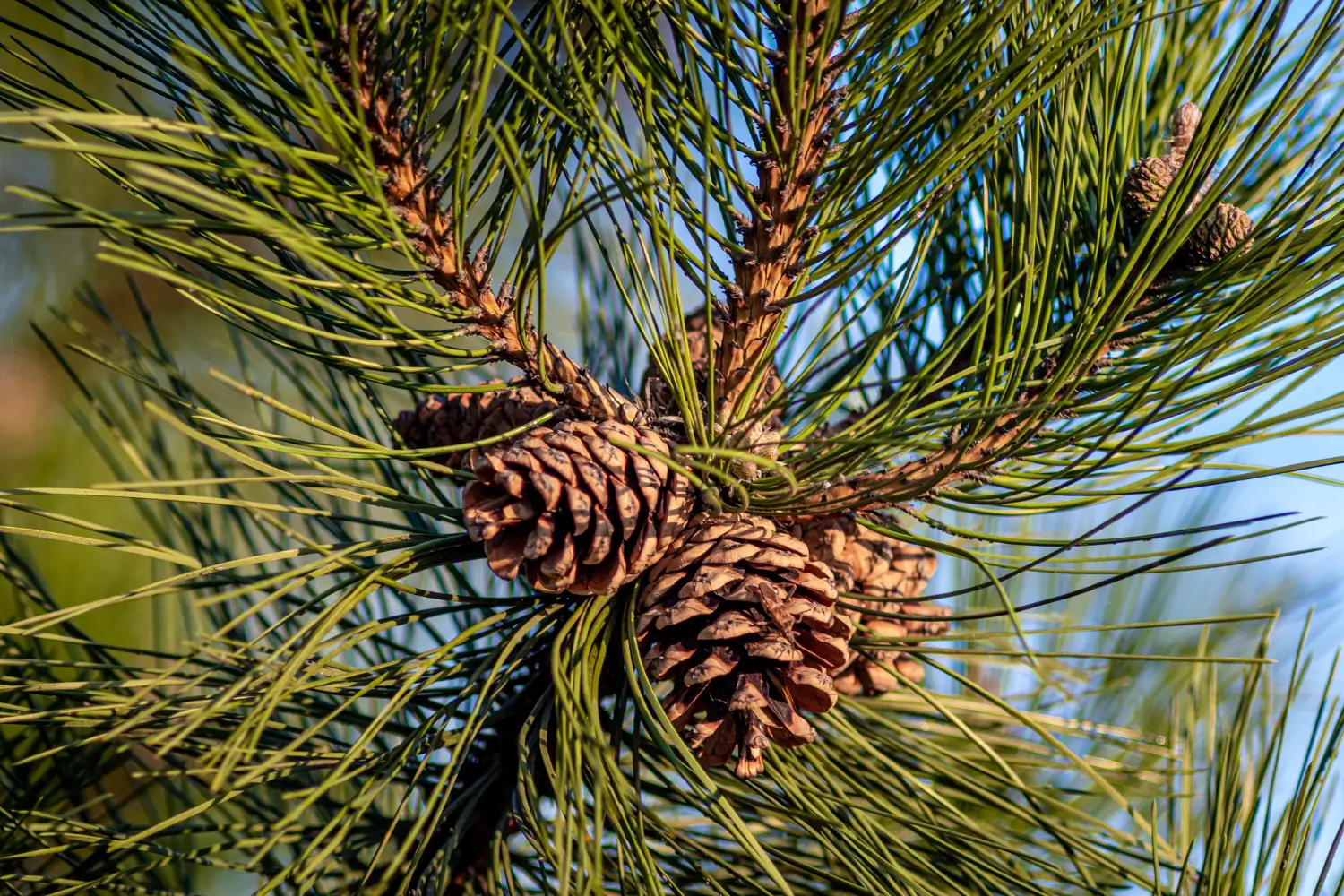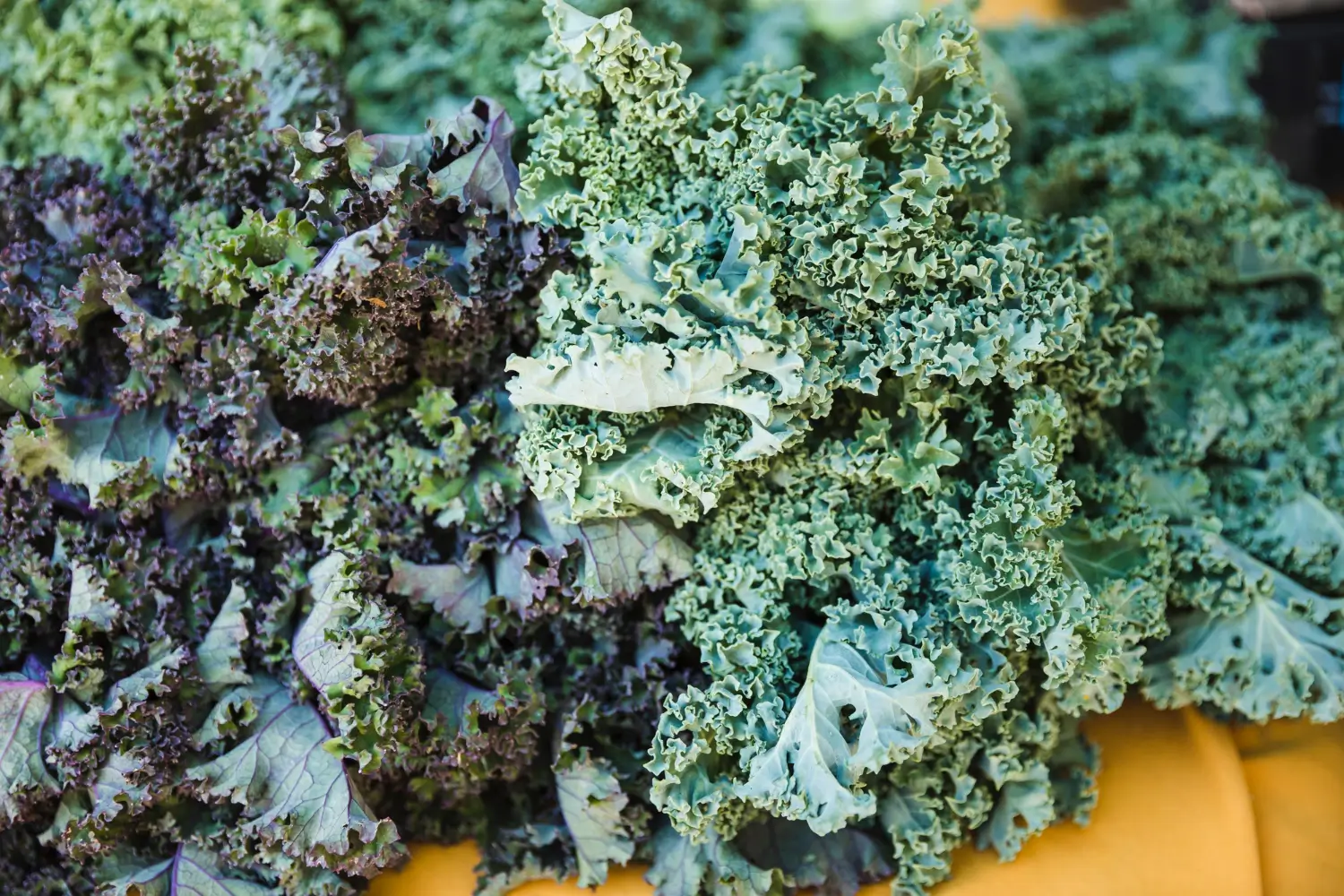
Soil Health & Fertilization
We unite suppliers and green industry professionals worldwide
Garlic has been grown for thousands of years, from giving culinary dishes a pungent, savory flavor to providing numerous medicinal qualities. Be it roasted, sautéed or ea
By Mariam Scott
|Published on June 16, 2025


Few plants are as indispensable as garlic (Allium sativum). Garlic has been grown for thousands of years, from giving culinary dishes a pungent, savory flavor to providing numerous medicinal qualities. Be it roasted, sautéed or eaten raw, its incredible taste and strong smell make it a kitchen essential.
In addition to its culinary applications, garlic is also famous for its antibacterial, antifungal, and immune-boosting properties. It was used tens of thousands of years ago by ancient civilizations to fight off infections and increase energy, and scientists today are still discovering the many health benefits of this powerful medicine. To top it off, garlic is hardy and easy to grow at home in a variety of climates, making it an excellent crop for gardens.
If you’re enthusiastic about fresh, homegrown flavors and like wanting to reap the many benefits of garlic, it’s both rewarding and simple to grow your own.
| Common Name | Garlic |
| Botanical Name | Allium sativum |
| Height | 12-24 inches high, 6-12 inches wide |
| Light Needs | Full sun |
| Soil | Loose, nutrient-rich, well-draining soil |
| Watering Needs | Moderate, Likes slightly moist, but not sogged soil. |
| USDA Hardiness Zones | 3–9 (considered an annual in cooler climates) |
| When to Plant | Fall for best results, but early spring is okay |
| When to harvest | Late Spring to Early Summer |
| Growth Rate | Slow to moderate |

September 25, 2025
9 minute read
September 24, 2025
9 minute read
September 23, 2025
10 minute read
September 22, 2025
9 minute read


Join as a seller and connect with thousands of B2B buyers nationwide!
Sign Up

Jacaranda Tree
The Jacaranda tree is more than just an aesthetic spectacle; it also provides extensive shade and brings a tropical vibe to your garden.

Jack Pine
To round out your garden or natural area, consider adding the Jack Pine, which is a rugged and hardy tree.

Kalanchoe
If you’re looking for a resilient and colorful plant that requires minimal upkeep, kalanchoe is the perfect choice.

Kale
Few leafy greens are as versatile and nutritious as Kale (Brassica oleracea)
Garlic is an easy crop to grow in a range of climates, particularly where the winters are cool. Thanks to its low maintenance and dependable performance, it is ideal for gardeners of any skill level. What garlic really requires to thrive is a sunny location, a well-drained soil with plenty of nutrients, as well as regular care during its growing season. Providing adequate space between cloves allows each plant to develop a robust root system and produce large, healthy bulbs.
Fall is garlic's favorite time for planting, as exposure to cold helps initiate strong bulb development in the spring. Garlic likes to be watered during the duration of its growth cycle, but not drowned—overwatering can result in root and bulb rot.
Garlic prefers full sun with minimum 6-8 hours of direct sunlight. It can tolerate partial shade but too little sunlight produces small, poorly developed bulbs.
Garlic needs loose, well-draining, nutritious soil to form good bulbs. Compact, clay-heavy or distressed soils can lead to stunted growth. Enriched sandy loam is ideal, preferably with a pH between 6.0 and 7.0.
Garlic loves moderate, consistent watering, especially in the earlier stages of growth. Maintain the soil evenly moist, but never soggy; excess moisture can lead to bulb rot. When mature bulbs begin to form, water less frequently to avoid fungal diseases and improve bulb quality.
Although garlic does not need to be pruned the way some plants do, removing the flowering stalks (scapes) on hardneck types encourages the plant to channel energy into making a bulb rather than conducting a flower show.
Scapes should be harvested as soon as they start to curl. Not simply a sad byproduct — these tender green shoots have a lovely mild garlic flavor and are good in stir-fries, pestos and salads.
Garlic is propagated by cloves, not seeds, making it one of the easiest crops to grow.
To plant garlic:
Garlic containers — if you have no room for a garden, you can grow garlic in containers as long as they are adequately deep enough to support bulb development.
Garlic is a cold-hardy plant that benefits from exposure to winter conditions, which will trigger bulb development. But in places with extreme winter conditions, extra protection ensures survival.
Spread a thick layer of mulch (straw, leaves or hay) over the bed to insulate the bulbs. In early spring, pull back some of the mulch so that sunlight reaches emerging shoots. If you are growing in containers, store pots in an unheated garage or sheltered area to prevent freezing damage.
Garlic doesn’t bloom in the way you might think of flowers blooming, but hardneck types produce a flower stalk (known as a scape) in late spring. The scapes should be detached to allow for larger bulb development.
But left to flower, they produce tiny bulbils that can be planted to form new garlic plants (it takes two years for the plants to develop full-sized bulbs).
Garlic is pretty hardy, but a couple of issues can come up:
One of the most rewarding garden projects for home gardeners is growing garlic. It not only gives dishes great flavor but also has health benefits. With little effort here and there, and all the right circumstances lined up, you can harvest fresh, quality garlic that you will love to add to anything you cook this year and many more years to come!
Yes! While garlic can be grown indoors, it does best with lots of sunlight. Set it near a south-facing window or use grow lights to augment natural light.
Garlic is ready when the lower leaves turn yellow and begin to dry out, usually in late spring or early summer. Dig the bulbs up carefully and allow them to cure for two weeks in a shaded, dry place.
While possible, store-bought garlic is often treated to prevent sprouting and may not be suited for growing. It's best to buy organic or seed garlic from a garden center.
No, plant the cloves with their protective skin intact, as it helps prevent disease and rot.
Although garlic is grown as an annual, some cloves will sprout again the next season if they haven't been harvested.

Soil Health & Fertilization
Victor Miller

Pest Identification & Prevention
Victor Miller

Lawn Care Tips & Maintenance
Victor Miller

Soil Health & Fertilization
Victor Miller

Smart Irrigation Systems
Victor Miller

Patios, Walkways & Driveways
Victor Miller

Soil Health & Fertilization
Victor Miller

Pest Identification & Prevention
Victor Miller
My Account
Our team is always here to help.
We are open Monday - Friday, 9:00 AM to 4:30 PM PST.